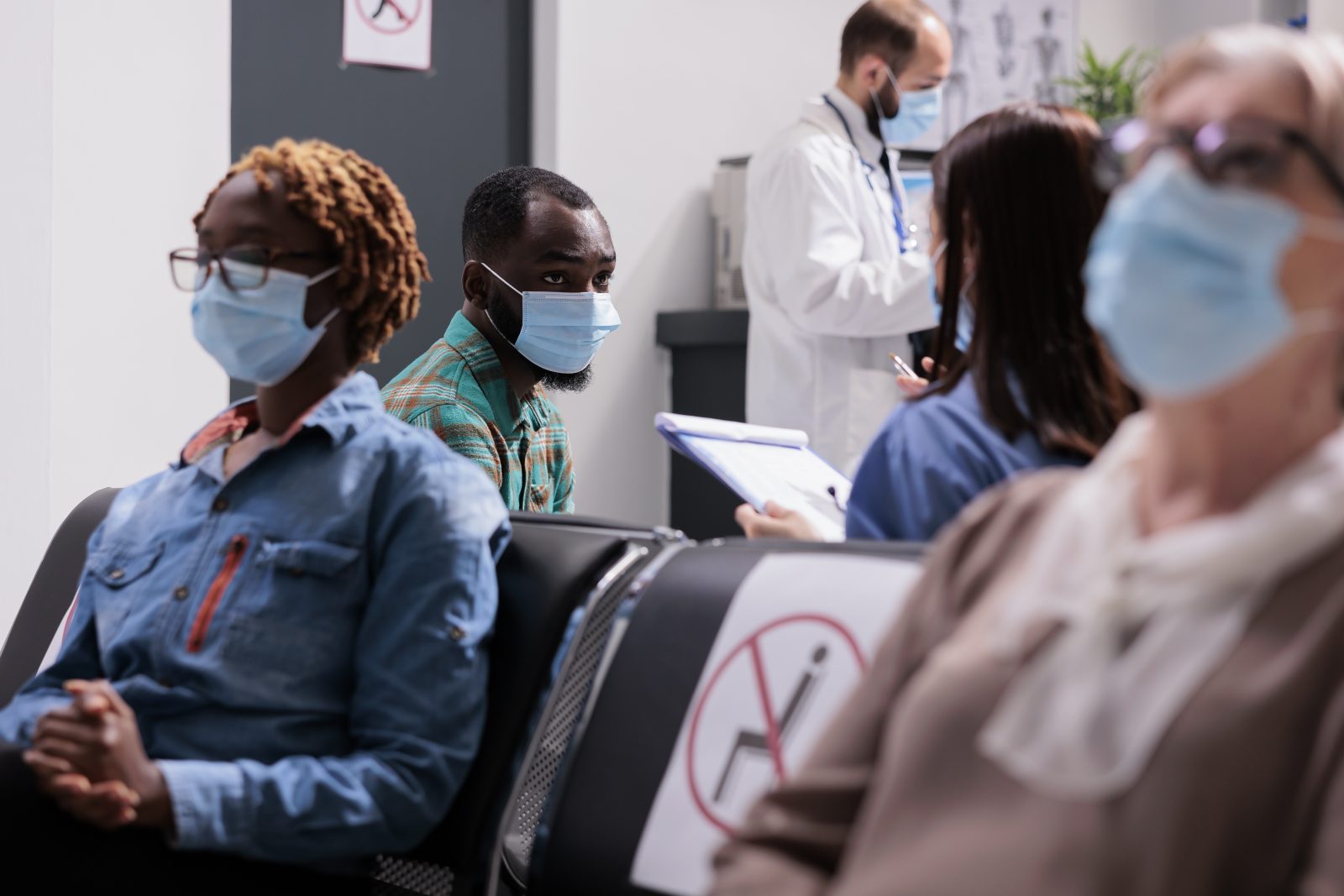Infection Control Training for Hospitals and Urgent Care Facilities will educate healthcare providers on how to protect themselves and others while preventing disease transmission in the community.
If COVID-19 is spreading in the community, hospitals must take appropriate actions. Primarily, facilities should work alongside public health organizations to get a full grasp of the impact of the outbreak in the area.
Certain staff should be designated to care for COVID-19 patients. These staff members must receive proper training in infection prevention and control protocol.
What You’ll Learn
- How Facilities Prepare for a Pandemic
- How Infections Spread
- Overview of Transmission-Based Precautions
- Exposure Determination Techniques
Details
Course length: 30 minutes.
Languages: American English
Key features: Audio narration, learning activity, and post-assessment
Get Certified
American Medical Compliance (AMC) is a leader in the industry for compliance, Billing, and HR solutions. To become certified, please visit us at American Medical Compliance (AMC).
Explore our other courses by visiting the AMC Course Library.
Actions for Hospitals
Hospitals should take action now to prepare for COVID-19 outbreaks. Facilities can designate meeting times with staff members to provide education on COVID-19 preparations. This course describes several aspects of infection control training that should be brought up during these meetings.
Additionally, hospitals should consider alternative options for in-person visits. There are several other methods of conducting healthcare visits that reduce the transmission of respiratory viruses within the facility. For example, patients can use advice lines or patient portals if they develop symptoms of fever or cough.
Preparing for a Pandemic
Healthcare systems within the United States must prepare a united response to COVID-19 outbreaks. Specifically, these systems must work together to reduce overall morbidity and mortality. The goal of infection control practices is to minimize disease transmission. Healthcare personnel must be protected in addition to patients. All in all, the healthcare system needs to remain functioning even in the event of an outbreak. This course also provides pandemic considerations for specific healthcare settings. For example, outpatient facilities can reschedule non-urgent outpatient visits when they experience a high patient intake. For more recommendations, please refer to this infection control training.
Changes to Hospitals During COVID-19
There are several major impacts to the operations of health facilities that could occur during a COVID-19 outbreak. Here are some examples:
There are likely to be surges in the number of patients seeking care. Additionally, more workers may be absent due to personal or family illness. Hospitals must also consider how social distancing measures will affect their delivery of care. Facilities will need to adjust to new methods of patient care and assessment that are in line with infection control procedures.
Remote methods such as advice lines and electronic provider visits should be adopted with assessing ill patients. This will help to reduce staff exposure to disease and minimize the burden on the facility.
Many clinics already use some type of digital communication method to manage patient care. Nearly 80% of COVID-19 patients experience some type of illness. By managing these patients remotely, there will be less strain on the healthcare system. It is important to clarify that providers must still remain vigilant in delivering patient care remotely. For more information on remote methods of patient care, please refer to this course.
The Spread of Infections
The majority of germs inside and outside the body are harmless. However, there is a small portion of germs that can cause the body harm through infections.
Infections occurs when harmful germs inside the body multiply. There are certain factors that are required in order for an infection to occur. This training details these factors in great detail.
Contact Precautions in Hospitals
Patients suspected of infection should be cared for using contact precautions. Contact precautions help to reduce disease transmission through contact. If single rooms are available, infectious patients should be placed in these rooms. Clinicians can assess long-term patients for risk of transmission to determine their room placement. Additionally, appropriate personal protective equipment must be worn at all times when coming into contact with a patient.
It is best infection control practice to limit patient movement beyond their designated room, unless for medically necessary purposes. If a patient must leave their room, they must wear proper PPE. All used personal protective equipment should be discarded after use. Therefore, it is recommended to use disposable equipment when possible, and regularly disinfect equipment that must be reused.
Airborne Precautions
Hospitals should use airborne precautions when they have knowledge of transmittable pathogens such as measles and chickenpox. The first step is to control the source. Infected patients must wear a mask to limit the spread of respiratory pathogens. Also, proper patient placement is key.
Immunocompromised healthcare workers should not care for possibly infected patients. Instead, only vaccinated workers can provide care to infected patients. Once again, appropriate PPE must always be used.
Droplet Precautions for Hospitals
Facilities can use droplet precautions to reduce the transmission of respiratory droplets through coughing and sneezing. A common droplet precaution is requiring the patient to wear a mask. Additionally, infectious patients should be placed in a single room if one is available.
Healthcare workers must put on new personal protective equipment before interacting with infectious patients. This PPE must be disposed of immediately after patient care.
Universal Precaution
Universal Precautions approach infection control practices by assuming that all blood and bodily fluids is infectious or contains bloodborne pathogens. Additionally, there is a federal Bloodborne Pathogen Standard that contains infection control requirements for healthcare workers. Primarily, employees must observe Universal Precautions to prevent contact with infectious materials. There are several precautions that can be taken when working with potentially infectious materials. This course provides more detail on these precautions.
Exposure Control Measures for Hospitals
According to CDC, hospitals must revise their exposure control plans annually. This training provides a graphical aid for organizations to use in controlling workplace hazards caused by infectious substances. This is also known as a hierarchy of controls.



